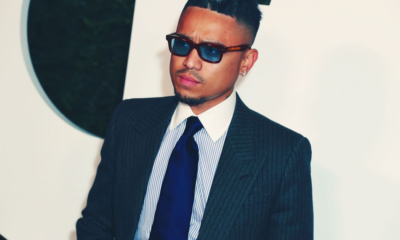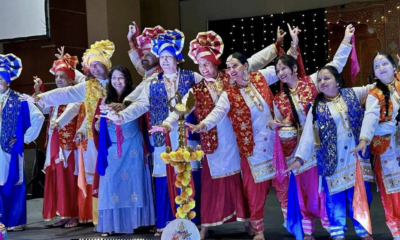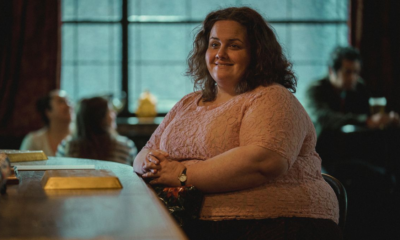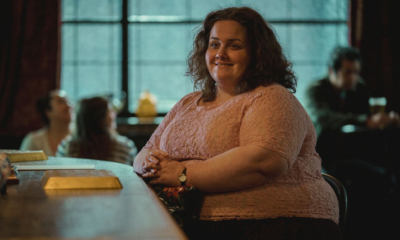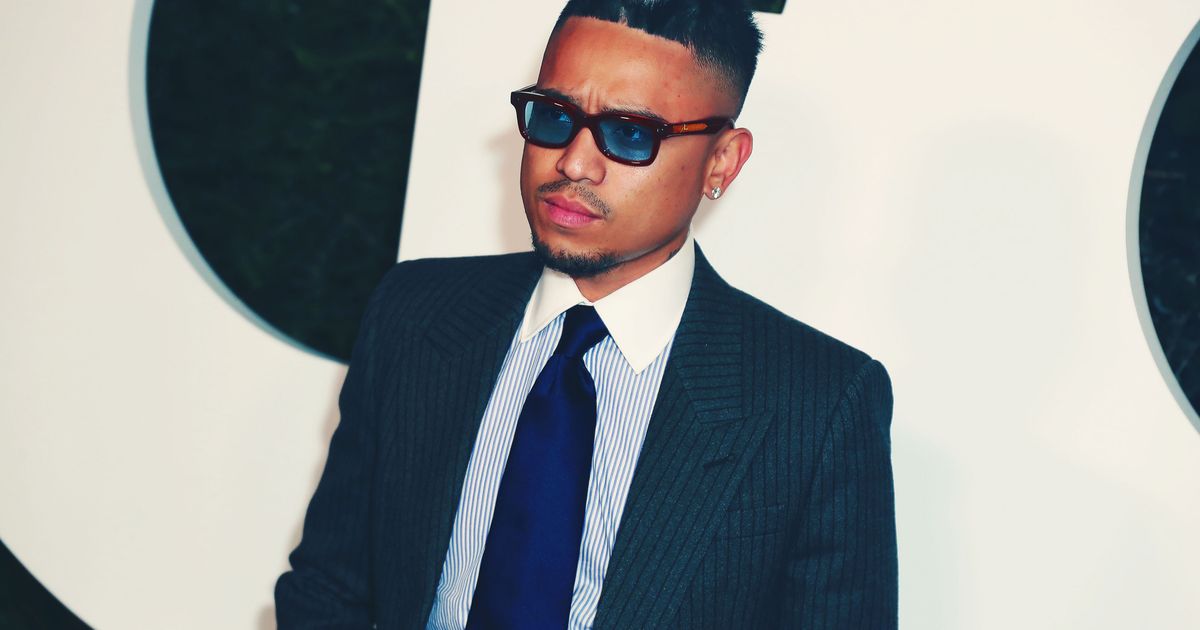Entertainment
Top modelling agent says male models 'suffer big pay gap' compared to women – BBC.com
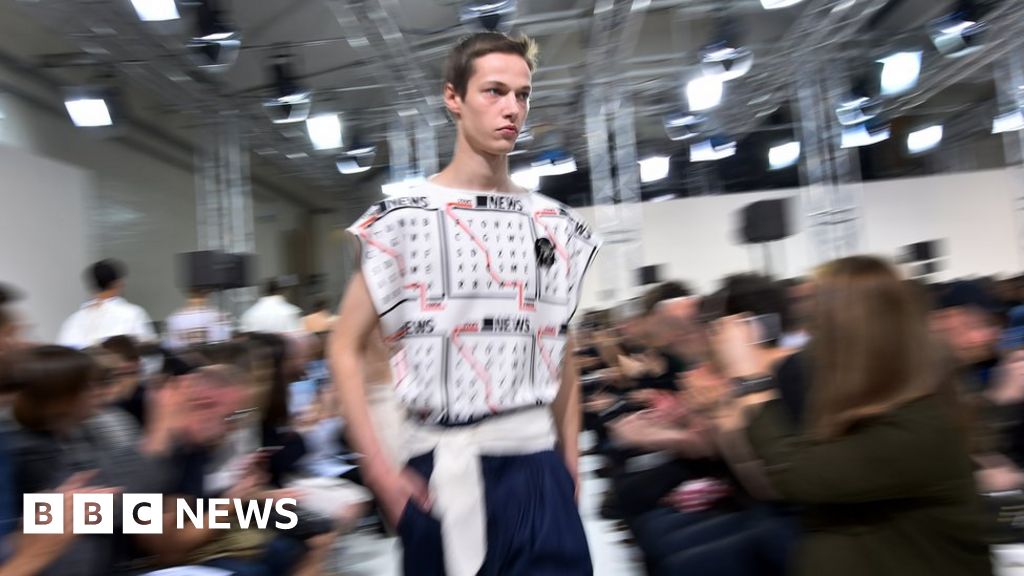
Male models are being paid up to 75% less than women, according to a top modelling agent.
Elizabeth Rose manages male models at Premier, which has helped build the careers of Naomi Campbell and Cindy Crawford.
"I think it's the only industry where men get paid less than women. It's unfair for men [and] I wouldn't say it's female empowerment at all."
She says a woman could be paid up to £40,000 for walking in a top show.
A male model would only get £10,000 on average.
With London Fashion Week over, Elizabeth's models are getting ready for Milan and Paris.
She says the situation is slowly changing because advertisers are increasingly looking for male, as well as female, models.
"[One] reason why women get paid more is that [advertisers] say women spend more money on female products, but I think it's one of those things that's changing.
"More and more, male models are being used for grooming products.
"Men are taking a lot more care of themselves generally in the 2000s. It's fine to take a long time doing your hair. It's fine to use moisturiser. It's encouraged to wear make-up."
The world's highest paid female model, Gisele Bundchen, made $44m (around £34m) last year, according to Forbes.
When the company last compiled data on male models in 2013, it found the highest paid was Sean O'Pry, who made $1.5m (£1.15m).
"The top 10 female models all make millions. Only the top three male models make over a million," says Elizabeth.
She says she'll re-negotiate a model's fee if she feels they are being discriminated against.
"The first thing is I'll go, 'Can you bring up the budget to more like the women's?' and the client will probably say, 'Yes, we can give you this much for the men,' but it'll never be quite as much.
"I had a brief today that came in and it was 'male model, [pay] £1,500', and the female model was £5,000, for the same usage."
But she acknowledges that women are discriminated against more because of their age.
"Men have a longer career path, definitely. The male models that make the most are probably in their 30s."
She says her models never complain, but she has asked clients to split the rate – taking some out of the budget for women.
"The more models are made aware of it, the more you can try and help change it, because the more agents that say, 'No, we're not accepting this,' that's the only way it'll ever change.
"And models standing up and saying, 'I'm not going to do this unless I'm paid the same as the woman.'"
Find us on Instagram at BBCNewsbeat and follow us on Snapchat, search for bbc_newsbeat
Divers set to resume search after Baltimore bridge collapse
Lost power and 'heroic' mayday call before Baltimore bridge crash
Father of three among Baltimore bridge victims
Lost power, mayday call and crash before Baltimore bridge collapse
What we know about the Baltimore bridge collapse
The women behind a fugitive rapist's downfall
Sharleen Spiteri finds magic in Muscle Shoals
‘Living the dream as Britain’s best padel player’
What is at stake in South Africa's election?
Tackling deepfakes 'has turned into an arms race'
£5bn Thames super sewer set for completion
Bowen: Biden has decided strong words are not enough
Glamour, fortune, violence, redemption and healing
Pop star Mel B and the advice she would give her younger self
The man who combatted Goebbels’ propaganda
How Sefton Delmer became Britain's master propagandist during the Second World War
Time to learn and laugh
Paul Sinha improves your general knowledge with fascinating facts and hilarious stories
Can you imagine sounds in your head?
Claudia Hammond delves into the evidence on mental health, psychology and neuroscience
© 2024 BBC. The BBC is not responsible for the content of external sites. Read about our approach to external linking.
Entertainment
Beyond sunscreen: How sun protection became a global lifestyle – Jing Daily
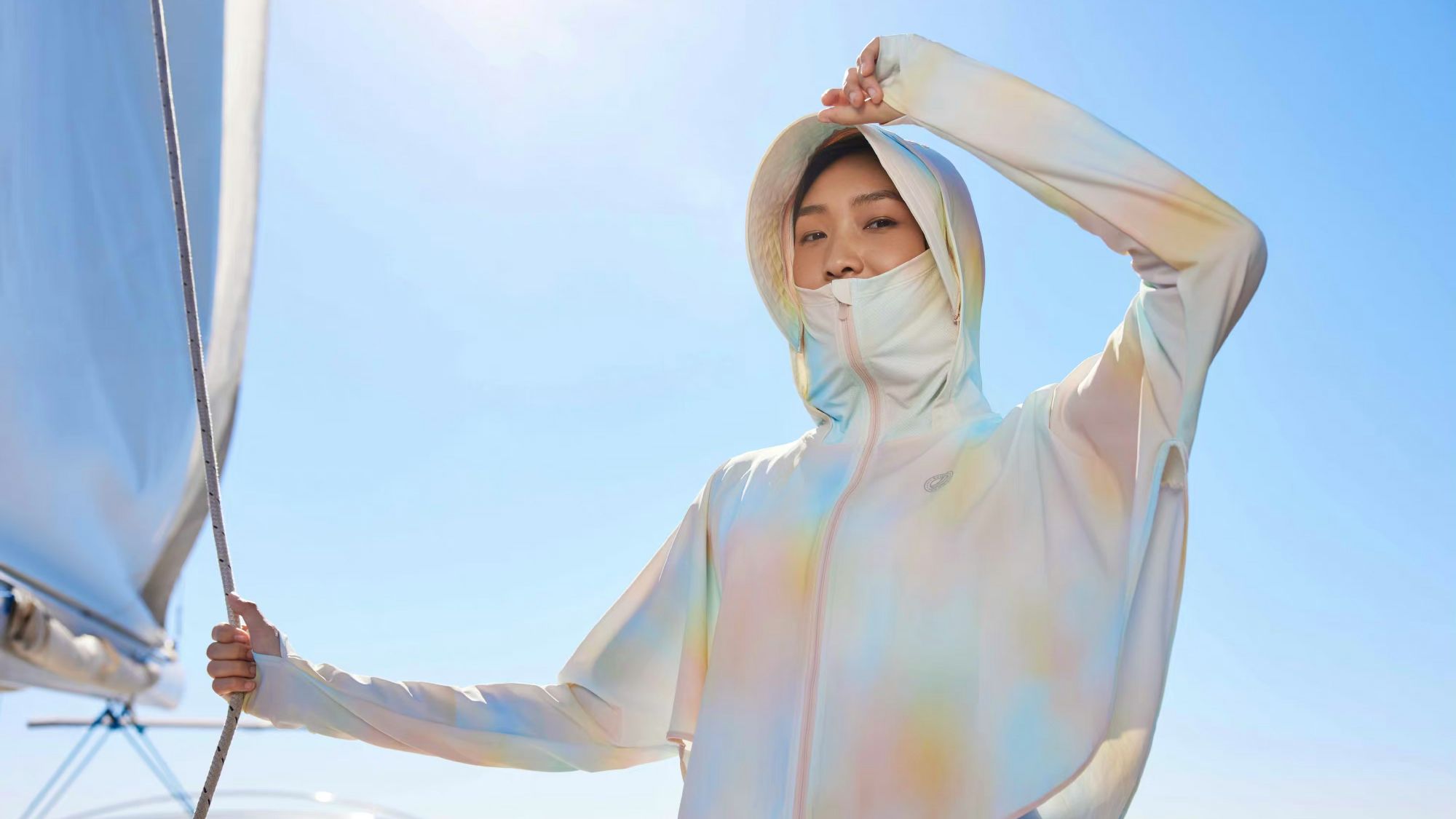
When Charlotte Chen Pienaar came to New York University for college in the early 2000s, she encountered an entirely different beauty culture from that of her native Hong Kong.
“My era was Paris Hilton. They were all baked to the core back then,” says Chen Pienaar, founder of sunscreen brand Everyday Humans. “I was like, ‘Oh my god, the Western standard of beauty is so different. Everybody thinks healthy is a tan.’”
But 20 years later, beauty standards — and subsequently, the beauty industry — have changed. Western consumers have largely eschewed the tanning beds popular at the turn of the millennium and instead are adopting some of the sun protection habits that have been commonplace in Asia for years. In the past few years, sunscreens have become a staple product in Western beauty brands, with the likes of Supergoop and Chen Pienaar’s Everyday Humans building their entire brand around SPF products.
“Patients are passionate about sun protection,” says Dr. David Kim, a New York-based dermatologist who recently launched his own sunscreen, Lightsaver. “More people are using sunscreen regularly and it's become a part of many people's daily skincare routine. Once they find their favorite sunscreen, they stick with it and use it every single day, even in the dead of winter.”
The increased interest in sunscreen follows a greater interest in skincare as a whole among Western consumers, inspired by the intensive skincare routines and anti-aging measures of markets like Korea and China. But among global consumers, sun protection isn’t just about sunscreen anymore — it’s a whole lifestyle unto itself.
That’s opened the door to a bevy of products outside of traditional sunscreen. According to trend forecaster Spate, views of hashtags associated with UV detection stickers have grown 71.8 percent from last month TikTok across the globe. Non-traditional SPF formats are also up, with searches for sunscreen sprays up 20 percent among US consumers over the past year according to Spate. Outlets like the New York Times and New York magazine are recommending UV masks, beach umbrellas, and beekeeper-like hats to protect against the sun.
Already attuned to using sunscreen regularly and on board with full-face protection like facekinis, Chinese consumers are ramping up their sun protection measures as well. The UV protective clothing market is expected to grow to 13.3 billion (95.8 billion RMB) in China by 2026, according to data from Zhuoshi Consulting.
Chinese fashion brand Bosideng, known primarily for its down jackets, has launched sun protective gear while Chinese outdoor apparel brand Beneunder has expanded from sun protective umbrellas to hats, gloves, masks, arm sleeves and more.
In April of this year, Taobao and Tmall teamed up with the sporting goods platform ISPO to create the "Hexagonal Standard for Sun Protection Clothing," which outlines six dimensions to consider when purchasing UV protective apparel.
Chen Pienaar, the founder of Everyday Humans, attributes the rise in awareness around sun protection to influencers. “The skinfluencers are now during the get ready with me routines showing that sunscreen is a non-negotiable step.”
That includes the likes of Charlotte Palermino, founder of Dieux skincare, who has developed a following on Instagram and TikTok for her in-depth explanations of skincare, such as educating viewers on the differences in sunscreen products across the globe.
Earlier this month, skincare influencer @uglyduckingskincare posted an Instagram reel showing herself hiding under an umbrella while other beachgoers sunbathed during a vacation along the French Riviera.
The influence goes across the globe, too. Chinese influencer I am Xiangxiu, who boasts 6.7 million followers on Douyin, doesn’t just wear sun protection while out during the day; she even goes to bed in a sun protective mask.
Instagram user @drcandise.lin, who speaks about the particularities of Chinese culture to an English-speaking audience, poked fun at the differences between Chinese and Western approaches to sun protection in a recent reel. “The hottest item this summer is the sun protection robe,” she said.
But though there are clear health benefits to sunscreen use and UV protective products, some see the rising obsession with sunscreen as having potential negative impacts on mental health.
“Are you 23 years old and already looking haggard and old? Well then, you need to put on your sunscreen,” TikToker @therapybytracy stated in a video parodying the platform’s recent obsession with the aging filter.
“Sun damage is on my mind pretty much constantly whenever I'm outside or somewhat exposed to sunlight … How do people who actively participate in these skincare communities all day not just go insane?” wrote a Reddit user on the skincare subreddit r/scacjdiscussion.
In Asia, the heavy use of sunscreen and sun protective accessories isn’t just about protecting skin but also a result of colorism and veneration of pale skin, which has led to the use of dangerous skin lightening products. That said, younger generations in China are taking an interest in beachy, suntanned styles popular in the US despite it being somewhat of a subversive beauty choice.
Western brands too have become more inclusive of consumers with darker skin tones, who often struggle to find sunscreens that don’t leave a white cast. Tennis star Naomi Osaka launched her Kinlò skincare brand in 2022 centered around a sunscreen tailored to deeper skin tones, while skincare brand Koa includes a range of skin tones in its sunscreen lineup.
While more fashionable rash guards from brands like Cynthia Rowley have helped normalize sun protection for Western consumers, Chen Pienaar feels the head-to-toe UV protective gear espoused by Chinese influencers might be a bridge too far for some.
“It's a very uncool and very dorky thing,” she says. “I’m Asian, I can say Asians are a little dorkier I suppose. We're okay with looking uncool for good reason. I think in the US, it’s more like wow, this is weird.”
But perhaps that’s an opportunity for more fashion brands to step in and seize the market. Chen Pienaar notes that previously “dorky” brands like Patagonia have become a fashion statement thanks to the gorpcore movement — whose to say fashion brands can’t turn sun protective gear into a fashionable look as well?
“There's no ‘one look’ anymore,” she adds. “There are many looks because there's micro influencers and you can be in this core, that core, Barbiecore, cottagecore, whatever core the hell you want.”
Additional reporting by Huiyan Chen
Entertainment
Expert tips on how to start shopping at thrift stores – The Washington Post
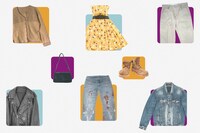
Everyone is thrifting: the “it” girls, the influencers, and your chic younger cousin. #Thrift on TikTok has 11.1 billion views, with posts of vintage color-blocked racer jackets, anything Y2K, and perfectly imperfect cowboy boots.
Even if you’re not a card-carrying member of the TikTok generation, the benefits of secondhand shopping are clear: It alleviates your impact on the planet, helps cultivate a unique aesthetic and saves money. But getting started can feel overwhelming. I talked to experts, including secondhand-shop owners, TikTok stars and bloggers, to get their tips for first-time thrifters.
Entertainment
Suit Claims Rhude Designer Used Company Funds for Lifestyle – The Cut
-

 General Knowledge2 years ago
General Knowledge2 years agoList of Indian States and Capital
-

 General Knowledge2 years ago
General Knowledge2 years agoList Of 400 Famous Books and Authors
-
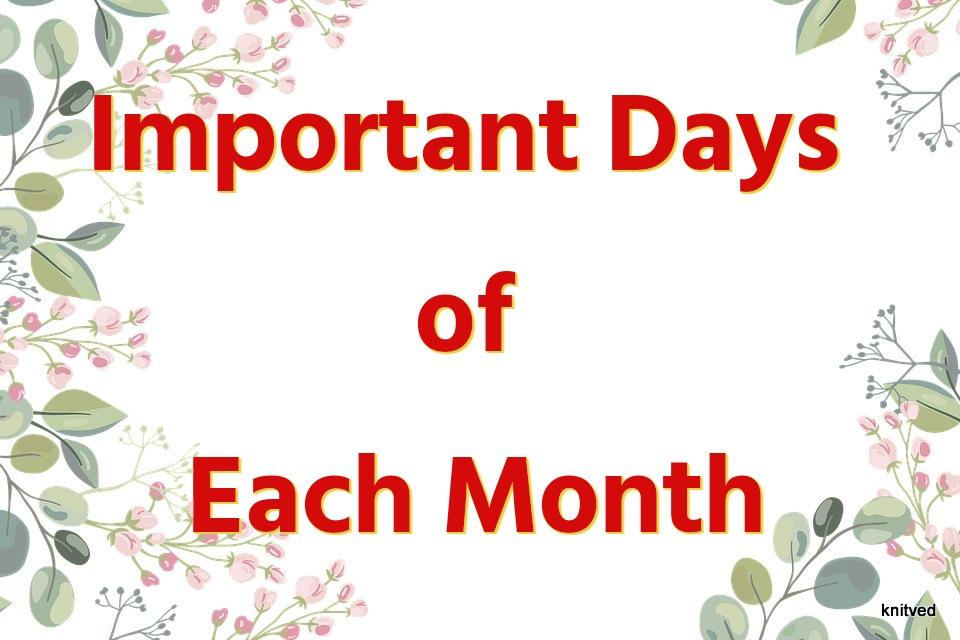
 Important Days4 years ago
Important Days4 years agoImportant Days of Each Month
-
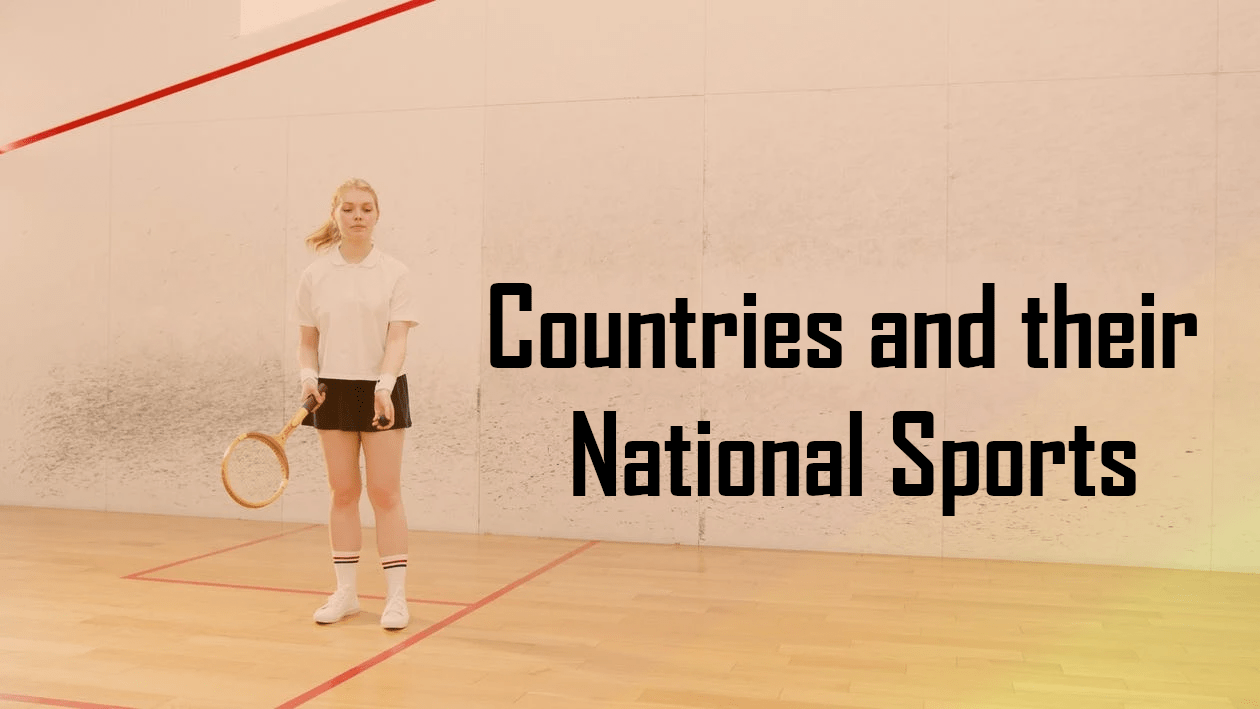
 General Knowledge2 years ago
General Knowledge2 years agoCountries and their National Sports
-
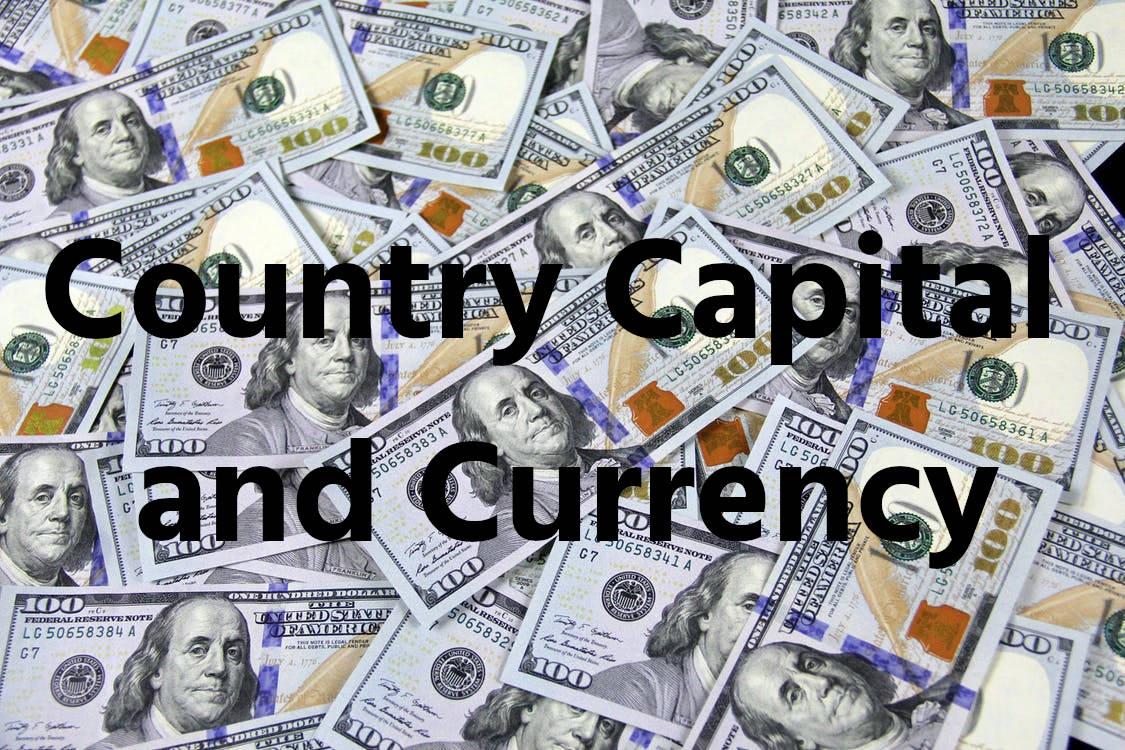
 General Knowledge3 years ago
General Knowledge3 years agoCountry Capital and Currency
-

 Important Days3 years ago
Important Days3 years agoHoli
-
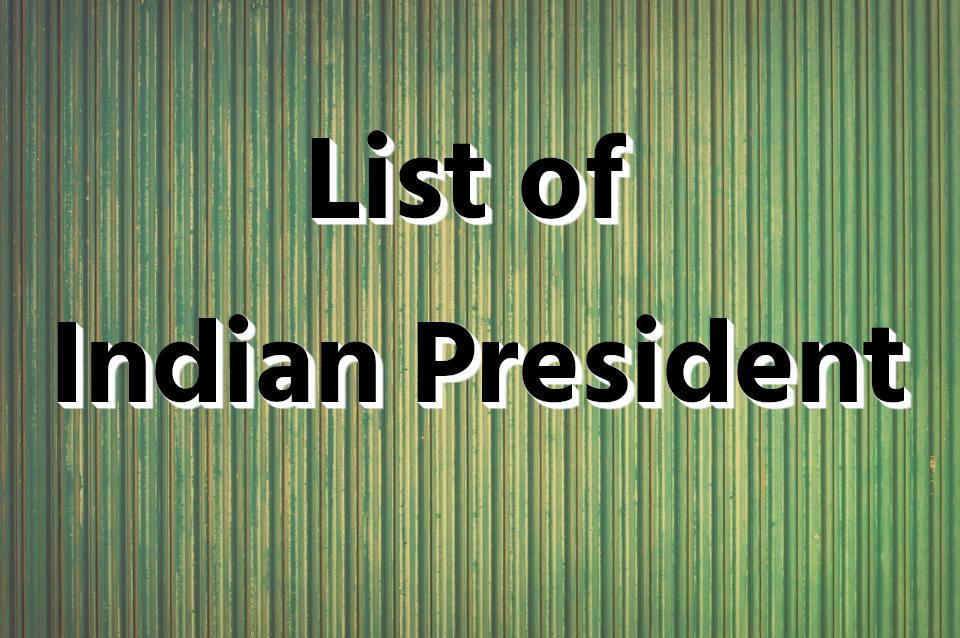
 General Knowledge2 years ago
General Knowledge2 years agoList of Indian President
-
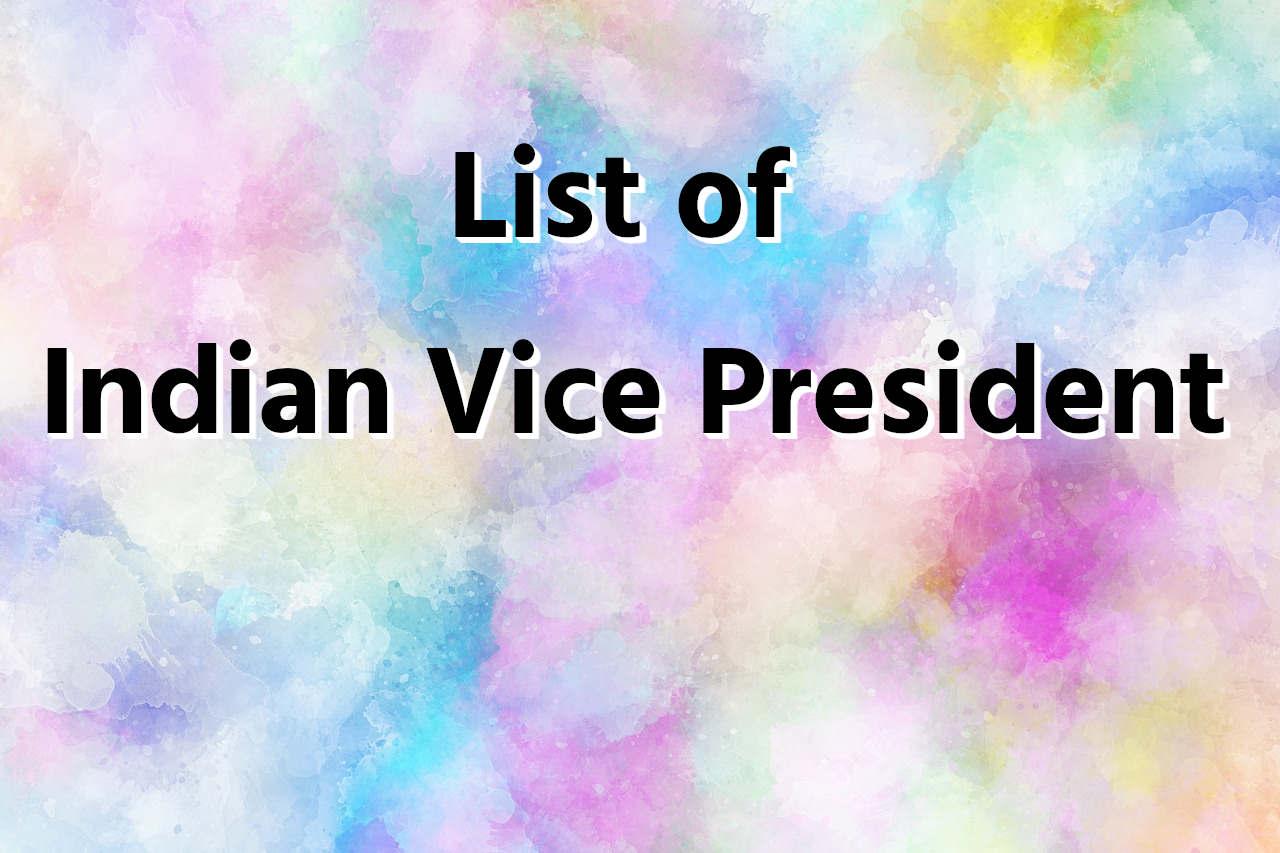
 General Knowledge2 years ago
General Knowledge2 years agoList of Indian Vice President





